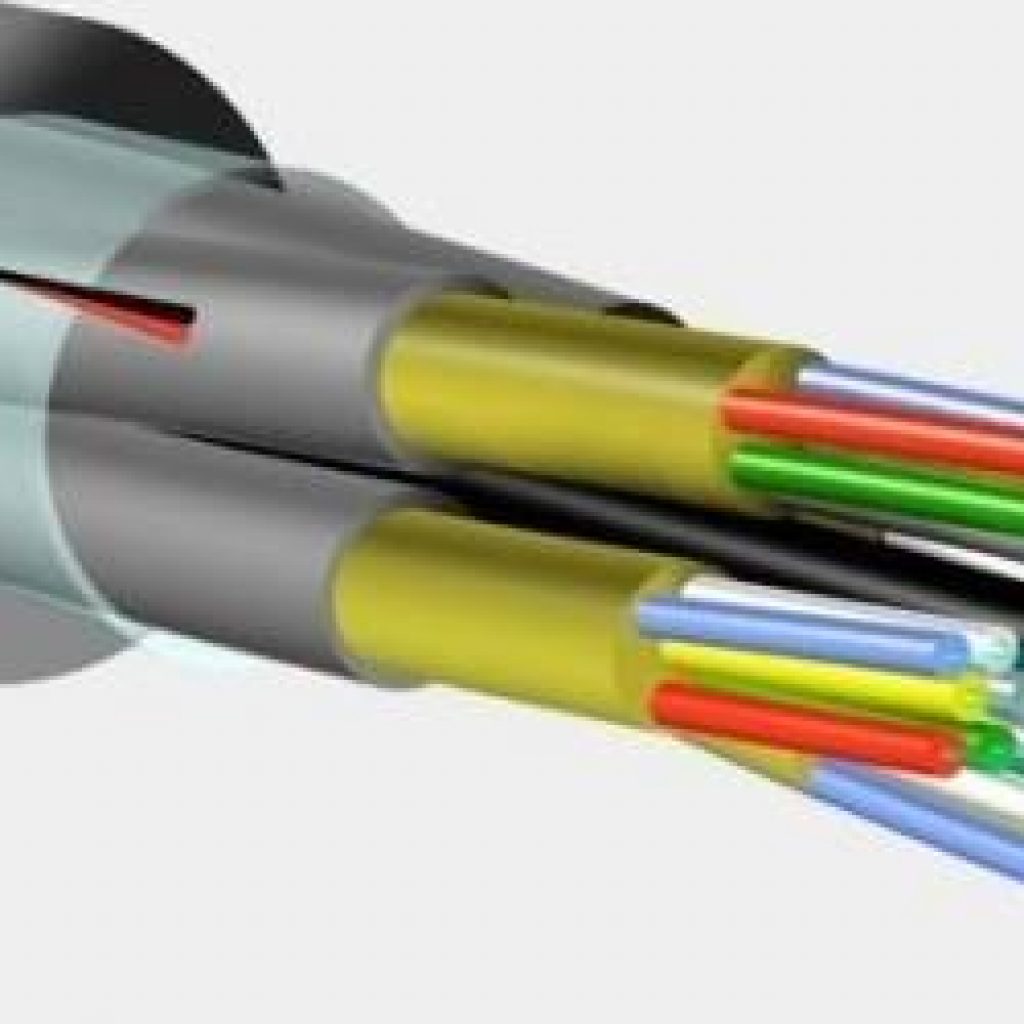(Forbes) John Prisco, Security CEO and Founder of Safe Quantum Inc. writes about the telecommunications providers and their role in deploying quantum-safe technologies in this article–one of a series on quantum security that Prisco has written for Forbes. IQT-News summarizes his recent discussion on telecommunications below for readers.
Prisco explains that any organization’s data involves three major players: the organization, its data center and the telecommunications provider supplying the fiberoptic network. In this article, Prisco discusses the telecommunications providers and asks “What is the responsibility of the U.S. telecommunications companies that provide the fiberoptic cables that link everything together?”
American telcos are already playing catch-up. In Europe and China, they’re beyond this stage. In fact, BT, consulting giant EY and Toshiba (who I have consulted for in the past) recently announced a trial commercial quantum-secured network connecting EY sites in London. And the technology they’re using? Quantum key distribution (QKD).
QKD technology on a fiberoptic network shares randomly generated “keys” that are only accessible by the sender and intended recipient. We can expect to see the exploration of QKD in 2022, with proof-of-concept trials or testbeds.
Telecommunications providers that investigate QKD technologies can also work to gain other benefits that they should be exploring, such as:
• First-mover advantage: To the victor belong the spoils. Telcos that step up today to create quantum-protected networks will be able to provide their customers with early security opportunities.
• Quantum experience: Quantum technologies are evolving at a rapid pace, and pioneers will have a more facile understanding of all aspects of the quantum landscape, especially hardware.
• Embedded talent: Finding and attracting quantum professionals is incredibly difficult, arguably more so than any other technology field. The time is now to build a team to study, deploy and learn from commercialized quantum implementations.
• Commercial testbeds: Like BT in the U.K., U.S. telcos can seize the opportunity to build mini-networks by geography, e.g., in Silicon Valley or the Boston/128 corridor, or by industry segment, such as financial services in New York City.
While there may not be a true risk of the U.S. falling too far behind, the spoils of the American fiber and data center market will go to the early adopters. QKD presents a prime opportunity to move forward with a quantum solution and to be part of the quantum wave to come.
<https://www.forbes.com/sites/forbestechcouncil/2022/05/31/the-three-legged-stool-of-quantum-security/?sh=57975d3c385c>
Sandra K. Helsel, Ph.D. has been researching and reporting on frontier technologies since 1990. She has her Ph.D. from the University of Arizona.
